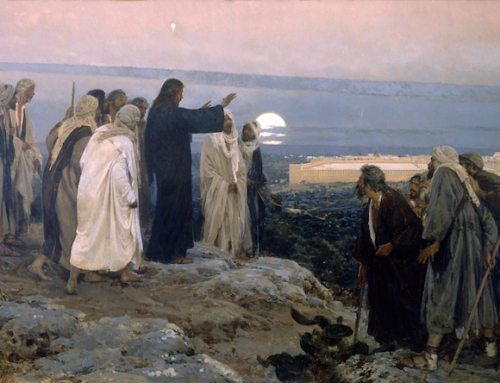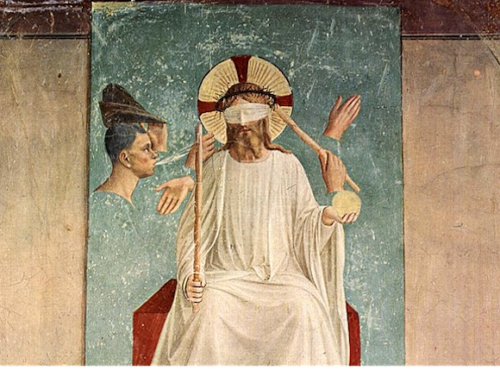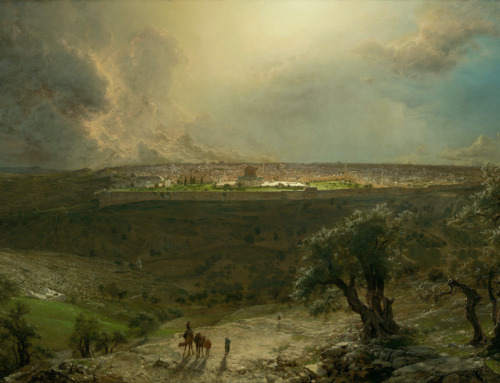A little more than two weeks from now, on November 16th, the feast of Blessed Lucy of Narnia will be upon us.
As an avid reader of C.S. Lewis when I was younger, I was delighted to find out that not only was there a real place called Narnia, but also that a very real blessed named Lucy was born there in 1476 on the feast day of St. Lucy of Syracuse. She was beatified on March 1st in the year 1710.
While reading a book about Dominican penitents, I encountered her as Lucia Brocadelli. Her life story was certainly interesting, but it was her visions that were so striking and arresting. There was a series of seven revelations given by Christ to Lucia, and fortunately they were written down and preserved for the Church.
Her revelations are flush with scriptural, liturgical, and medieval courtly imagery. Thrones, chalices, choirs of martyrs, glorious processions, heavenly piazzas, and a tree with angelic fruit are but a sampling of the images conveying the heavenly glory of Jesus Christ.
And it is Christ who is always at the center of the revelations. Although they are private revelations primarily for Lucy, Christ can use them to continue to reveal his love to us as well. Through humble Lucy, we receive the gifts of Christ-centered revelations.
In the first revelation, Christ is the center of all praise. In the second, Christ is at the center of all angelic life. The third presents all of glorified humanity (Mary, Apostles, and all the saints) centered upon Christ, processing to kiss his wounded and glorified feet.
In the fourth, Christ establishes the heavenly city. In the fifth, Christ teaches her how to live in love through loving him and resting in his love. In the sixth, Christ leads her to the Apostle Paul, and he takes her into a heavenly garden where Mary and all the saints repose. Lucy is then instructed by Christ to emulate his mother Mary.
In the final revelation, on the night of the Easter Vigil, the Apostle Paul leads Lucy into a vision of heaven again. Her Christo-centric vision overflowed into loving beneficence, as Lucy of Narnia continued to dedicate her life to faithfully serving the poor and vulnerable as well as her own family.
In the same way, when we keep our eyes on Christ throughout our lives, our hearts will overflow with love to the benefit of those who are near us. And how can we keep our vision centered on Christ?
The fifth of the revelations to Lucy point us to a way of keeping our eyes on Christ: resting in his love for us, in the same love revealed to us in the lives of the Saints. We don’t need powerful and extraordinary visions of heavenly glory to do this. We can see his love for us in any crucifix in our homes or churches and find our rest in the truth of his loving us even unto death, just as Saint Dominic did during his many vigils before the crucifix.
Like Blessed Lucy, we can find great solace and delight in Christ’s revelation of his love for us, whether through the poor and vulnerable or through his gifts to the Church. May we follow the example of Blessed Lucy of Narnia, keeping our vision centered on Christ in both the ordinary circumstances of life and in any extraordinary gifts we are given. And so that like Lucy, we may enter into the divine life and draw others into that most glorious and eternal life.
✠
Photo by Alessandro Cavestro on Unsplash







